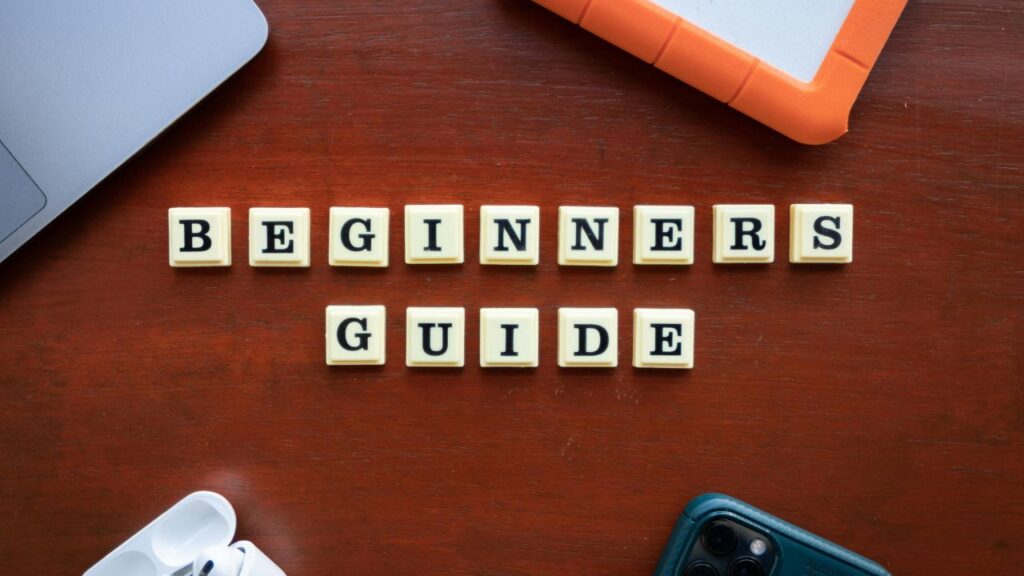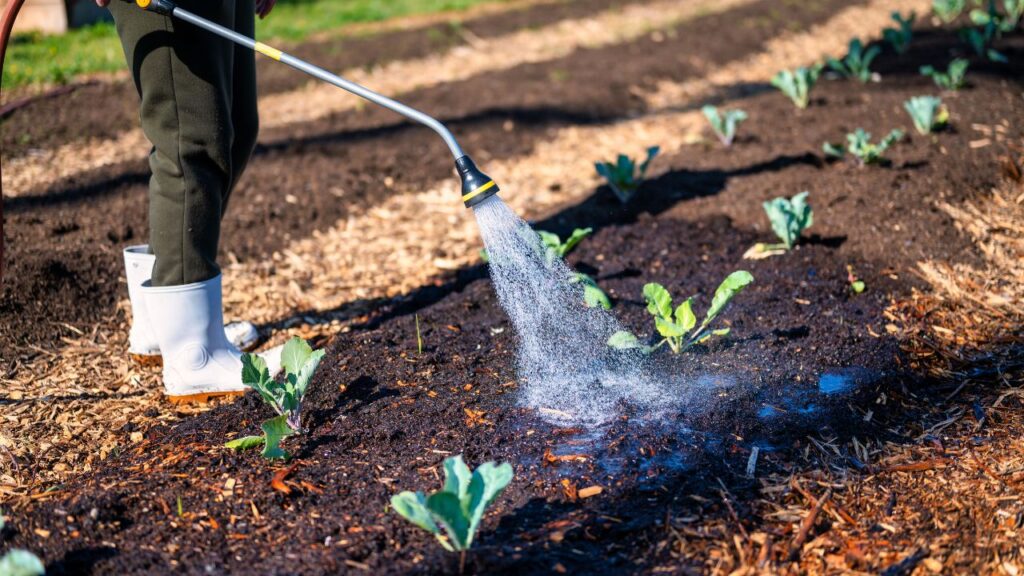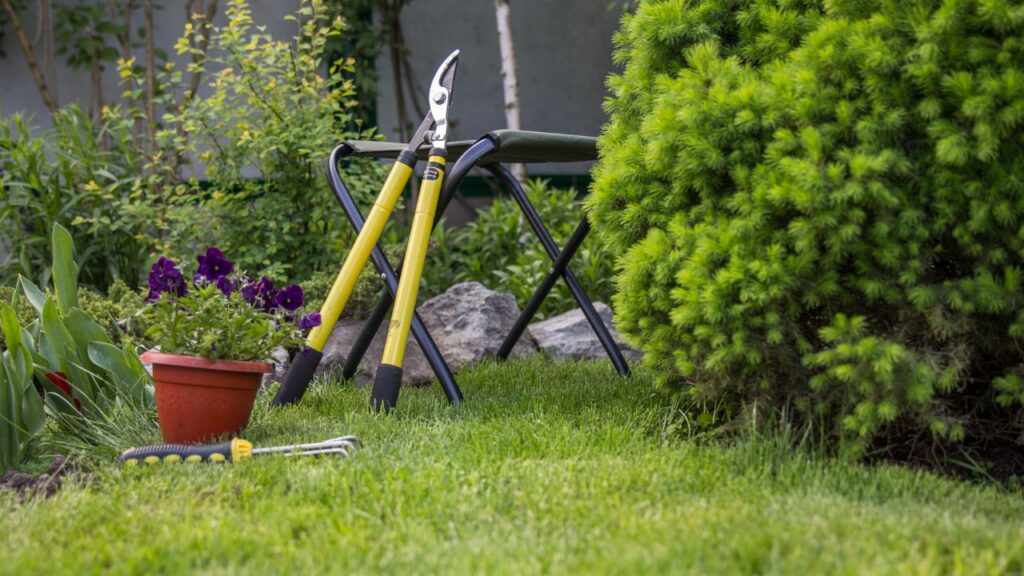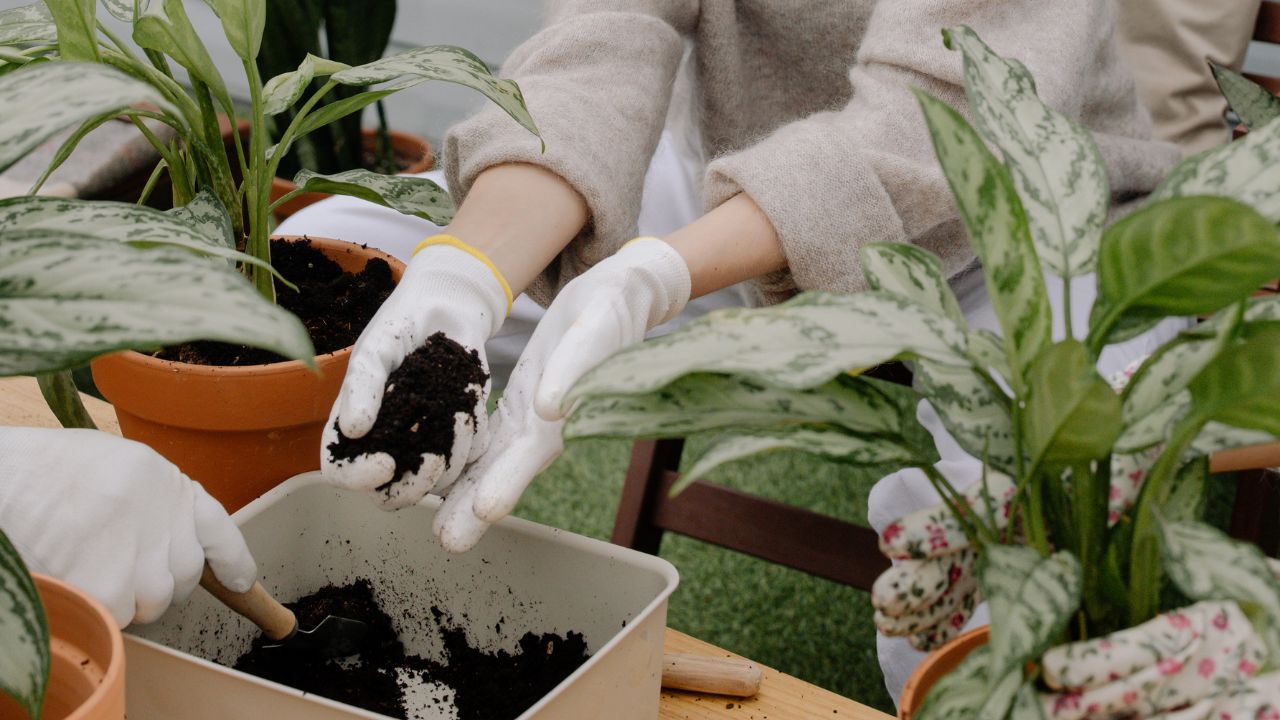A container garden is a great way to exercise your green thumb while keeping the gardening project manageable. Container gardening is popular in apartment buildings, small homes, and poor soil locations. But by following a few simple steps and tips, you’ll be on your way to container gardening so you can have the satisfaction and pleasure of growing your own plants at home.
That’s why today, we’re going to cover easy beginner tips for beginners that will help you get started with your container garden right away. From picking the best containers to choosing the perfect plants and knowing when they need water, we’ll cover everything you need to know to create a lush and thriving outdoor (or indoor) paradise. Whether you’re a beginner gardener, beginner container gardener, or just looking for more space-efficient garden planter ideas, this guide will supply you with so much you can get moving on container gardening of your own.
What Is a Container Garden?
A container garden is just what it sounds like: a garden that is grown in, well, containers or pots as opposed to growing directly in the ground. It’s a flexible way of gardening, and can be performed on balconies, patios, window ledges, or just on your kitchen bench. One of the benefits of container gardening is the ability to grow plants in a small space, yet still create a stunning, lush garden.
Why Choose Container Gardening?
- Fits in Small Areas: Perfect for those who have limited yards, as it fits in small spaces.
- Portable: Transport your containers to capture the beneficial rays of the sun or to shelter plants from inclement weather.
- Customizable: Pick the ideal pots and containers to match your style and space.
It’s basically like a canvas you can use to paint the picture of your outdoor or indoor space in a functional and aesthetically pleasing manner.
How to Start a Container Garden: A Beginner’s Guide

Embarking on your container garden doesn’t have to be complicated. In just a few easy steps, you can be growing a bountiful, flourishing garden.
1. Choose the Right Container
The first step toward starting your garden is to choose what kinds of containers to use. The container you use will depend to some extent on what kinds of plants you plan on growing.
What To Consider When Sourcing Containers:
- Size: Select containers of sufficient size for the root system of the plants you want to grow.
- Material: Containers come in plastic, ceramic, wood and metal. Durability: There are two factors to consider when making your selection: durability and drainage.
- Drainage: Ensure the containers have drainage holes to guard against waterlogging.
2. You set your container garden up for success by choosing the best containers.
Choosing the right plants is a key step to container gardening success. Some plants do better in pots, others need special attention or more space. Here are some of the best plants for container gardening:
Best Plants for Gardening:
- Flowers: Petunias, geraniums, marigold and impatiens do well in containers.
- Herbs: Basil, parsley, thyme and mint thrive in smaller containers.
- Vegetables: Lettuce, tomatoes, peppers and spinach make good container garden choices.
- Succulents: Ideal for arid, sunny locations, the low-maintenance variety add texture and form to any space.
Select plants that fit your garden plan, whether you want a flower container garden or a vegetable container garden.
3. Choose the Perfect Spot for Your Garden
Before you begin planting, locate the perfect spot for your container garden. Most plants do require sunlight, so you need to make sure to place your containers where they are going to get the right amount of light.
Light Needs for Plants:
- Full Sun: The majority of flowering plants and vegetables need 6-8 hours of light each day.
- Partial Shade: There are plants that flourish with 4-6 hours of light (herbs).
- Full Shade: Plants such as ferns and begonias do well with a minimum of direct sun.
By planting containers in the right location for the plant, it will mean you have a happy, healthy garden.
4. Lose the Soil for Best Results
Soil in your container garden is as important as the container! Good soil encourages root growth and supplies plants with the nutrients they need to be healthy.
Choosing the Right Soil:
- Potting Mix: Be sure to use a good quality potting mix suitable for pots. Unable to edit the comment above but you never want to use garden soil as it’s too heavy and doesn’t drain well.
- Compost: Add compost to en-hance soil nutrient and increase water retention.
- Soil Additives: Mix in vermiculite or perlite to improve soil drainage and aeration.
5. Watering Your Garden

Watering, more than anything else, is essential in container gardening. Due to containers drying out more quickly than garden beds, container plants generally need more frequent watering.
How To Water Your Patio Plants:
- Test Soil Moisture: Test the soil regularly before watering. When it feels dry to the touch an inch or so below the surface, it’s time to water.
- How often to water: Container plants may require daily watering during hot weather, especially for vegetables.
- Don’t Water Too Much: Make sure the pots have holes in the bottom. Excess water can drown the roots and cause rot.
Through regular watering, your plants are sure to grow strong in your containers.
6. Fertilize for Healthy Growth
When Fertilizing Is Important Feeding your plants is important for them to grow strong and healthy. Because pot-bound plants use up their supply of nutrients more quickly than those in the ground, regular fertilization is required.
Fertilizing Tips:
- Get the Right Fertilizer: For year-long feeding, opt for slow-release fertilizers. Fast results come with liquid fertilizers, which must be applied more often.
- Organic Choices: Consider organic fertilizers such as compost or or fish emulsion, which are an environmentally friendly option for beginner container gardening.
- Timing: Give your plants regular feedings fertilizing every four to six weeks when they are growing.
When planting a container garden you will need a good quality potting soil and there are other considerations, but when you fertilize your container garden, you are providing your plants with the nutrients they need to thrive.
7. Gardening in Containers for Small Spaces
One of the top reasons that people start container gardens is because of space constraints. But luckily, if you don’t really have much space, you’ve got small space container gardening on your side.
Small Space Gardening Tips:
- A vertical garden: By arranging shelves or racks or hanging baskets, you save space and give yourself the opportunity to grow multiple plants.
- Containers: Select compact pots for small spaces such as small or medium-size pots. Consider window boxes or hanging planters to maximize additional vertical space.
- Multi-tasking Plants: Think about herbs or dwarf vegetables that don’t require much space.
By maximizing your space and applying innovative planting methods, you can create a more productive container-based garden in the tiniest of spaces.
8. INDOOR CONTAINER GARDENING: Taking The Outdoors In
Container gardening is not just for the outdoors indoor container gardening is a great way to grow plants indoors, especially in smaller homes and in the colder months.
Indoor Container Gardening Do’s and Don’ts:
- Light: Keep near windows that get lots of sunlight or use grow lights for plants that require additional light.
- Plants That Aren’t Afraid of the Indoors: Herbs such as basil and rosemary, and smaller house plants such as succulents or pothos, are known to thrive indoors(HaveOccurred).
- Good Ventilation The room should be adequately ventilated to prevent mold or mildew.
Container Gardening If you practice indoor container gardening, you can let your plants grow all year round, regardless of wether the weather outside is frightful!
9. DIY Planter Box Here’s a little inspiration for you some DIY planter boxes!
One of the greatest things about container gardening is that you can be as creative as you like when it comes to containers. From upcycled wares to sleek, high-end vessels, the options are endless.
Container Garden Ideas:
- Upcycled Containers: Recycle used pails or crates or use wooden boxes for a rustic touch.
- Unusual Planters: Use mason jars, teacups, or wheelbarrows for a cute unusual look.
- Decorative Containers: Amass decorative planters and pots to complement the physical elements of your home or garden.
Let your imagination run wild and repurpose some everyday household items into quirky planters for your happy garden.
10. Regular Maintenance for Success

Taking care of your container garden is absolutely key to long-term success. By regularly checking your plants for pests, diseases and growth problems, we can ensure they remain happy and stunning.
Most Successful Container Gardening Tips:
- Regularly Prune: Cut dead or damaged leaves to promote healthy new growth.
- Check for Pests: Check plants for any pests such as aphids or spider mites and treat them as necessary.
- Replant As Needed: Your plants may outgrow their containers with time, and you’ll want to transfer them to larger containers.
With regular upkeep, your container garden will thrive for months, even years3 to come.
Conclusion
Designing a happy container garden can be a satisfying project, and it doesn’t have to be complex. With the proper tools, wisdom, and tenderness, you can take any space and turn it into a lush, beautiful oasis. From selecting containers and plants, to nurturing your garden and making sure it thrives into the future, these container gardening for beginners tips will show you how to grow a garden that you’ll love to look at (and eat from) all year long.
You now have the pro tips to launch your container garden, let’s get growing! While most of US homes uses the garden to bring some fresh herbs or to just enhance their yard with flowers to observe, a container garden provides much more!
FAQ:
1. How do I choose the best containers for my garden?
Select containers according to the size of the plants to be grown, and the material they are made of. Ensure that containers have adequate drainage, and choose materials that are appropriate for your climate.
2. Can I grow veetables in contaienr garden?
Yes, many vegetables thrive when grown in containers, especially dwarf and compact plants such as tomatoes, peppers and lettuce.
3. How do I take care of a container garden?
Water consistently, good drainage, remove dead leaves, and fertilize as necessary. Inspect for pests and diseases occasionally.
4. Can I grow container herbs indoors?
Yes, herbs such as basil, parsley and mint love a windowsill bathed in the sun or supplemented by grow lights They can add a vibrant, flavorful touch to home-cooked meals.
5. Are There Advantages To Container Gardening?
Container gardening is space-effective, mobile, and great for those small spaces or individuals with no yard.
